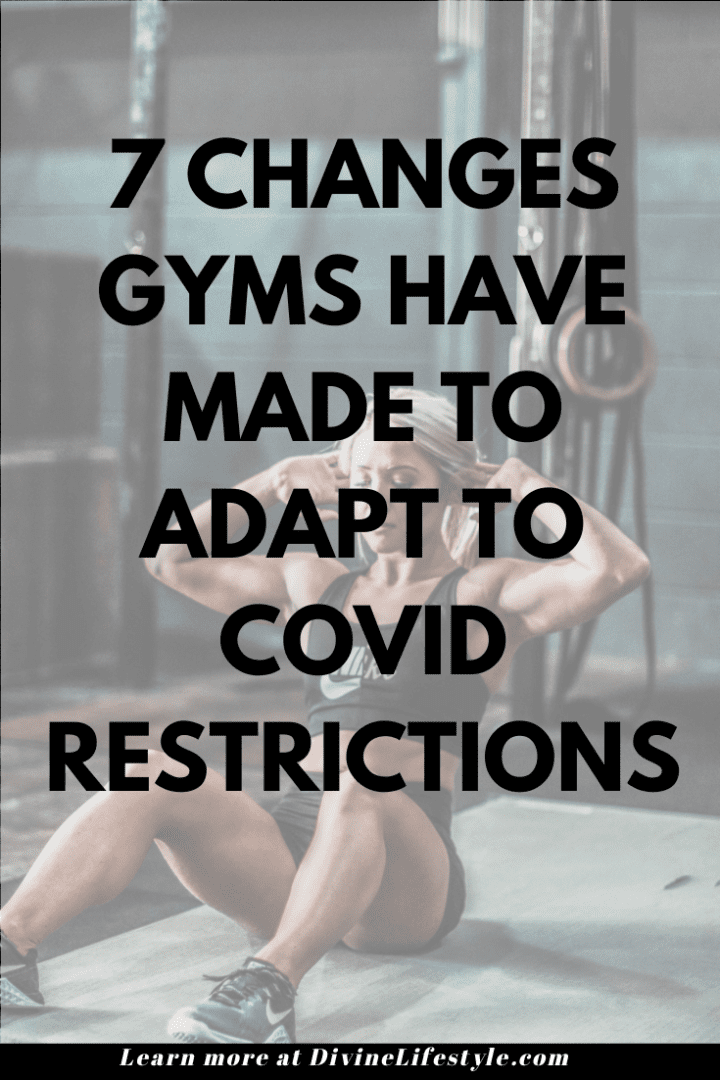Best Gifts for Athletes
Best Gifts for Athletes It's wonderful to have health-conscious friends for a variety of reasons. They are great motivators to help you improve your lifestyle, always ready with fitness tips and healthy meal ideas...
The United States is slowly returning to some form of normalcy. Venues are opening with policies about social distancing and wearing masks. One of these is the fitness industry. In the pre-COVID world, this would be a place for close-knit exercises and community chatter. Today, to avoid the spread of coronavirus and the shutdown of businesses, gyms in Denver, Los Angeles, Austin, Miami, Portland, Phoenix, Boston, and cities across the country have worked carefully to make their locations as safe as possible. We hope that you enjoy this 7 Changes Gyms Have Made to Adapt to COVID Restrictions post.

One way gym management has been able to reopen is through a closer relationship with their local health departments. More so than they had before the pandemic. In the end, fitness centers had no other choice but to do this. Without precise steps to avoid the spread of coronavirus, the health departments wouldn't allow them to open. This hasn't been done with a heavy hand. Health agencies are aware of the plight gyms have gone through. Without business, they may close. In addition, these fitness centers are a way for members to stay healthy and keep their immune systems strong. Here are some changes gyms have made to adapt to COVID restrictions.
If masks are required by state and county mandates, they're required in gyms. Members can remove them temporarily to catch their breath or perform strenuous activity. Another standard in gyms is taking members' temperatures before they enter. This gives employees a sense of a person's wellness. If their temp is above 100 degrees, then they are not permitted beyond the entrance.
The placement of machines six feet apart minimizes the potential coronavirus spread through respiration. Smaller gyms might not be able to make this work. Instead, they reduce risks with capacity limits. Bigger fitness centers have an advantage. They may have spaces they can repurpose for machines removed from the main floor. For instance, they might go into an all-purpose gym or yoga room.

Before the pandemic, most gyms asked their members to clean the equipment as a courtesy. Not only is this mandatory today but it's also done more regularly by gym employees. That doesn't mean equipment users are off the hook; they still need to clean the machines before and after each round. These days, gyms use sanitizing wipes that kill close to 100% of germs if adequately used.
Gym members probably recall times before the pandemic when their fitness center was jammed with people. This usually took place first thing in the morning or right after work. In the world of COVID, the gym is less crowded, no matter the time of day. Limits depend on the size of the space. A large gym of several thousand square feet might be able to handle 150 people before the cutoff. However, gyms with smaller footprints could keep the limit between 10-15 occupants, including staff members.
Like the retail and restaurant industries, gyms have changed their hours to accommodate their patrons and employees. With an earlier close, the workers can perform a thorough cleaning. In some cases, this can include total scrub-downs of exercise machines, floors, and walls. Open locker rooms receive a deep cleaning. Those extra hours make the gym safe each day.
Whether standard or through a process like hydromassage, gyms have taken necessary precautions to make these as safe as possible. For instance, clients need to answer and sign COVID-19 statements before treatment. Both the masseuse and the client need to wear masks at all times. Also, many in-house massage areas use HEPA filters to maximize proper ventilation.
Group classes like yoga or pilates are still held at these gyms. However, they adhere to the guidelines of the open areas. That means facemasks and social distancing. The main difference is the amount of time between classes. In the past, one class would start as soon as the other one ended. In the world of COVID, there tends to be a period, around 30 minutes, between classes. This allows for thorough cleanings.
Needless to say, gyms have taken every precaution to allow their members to get healthy. Though it may seem like they're overcautious, the amount of work they have done helps to minimize fear in their customers. We hope that this 7 Changes Gyms Have Made to Adapt to COVID Restrictions post inspires you. Good luck!